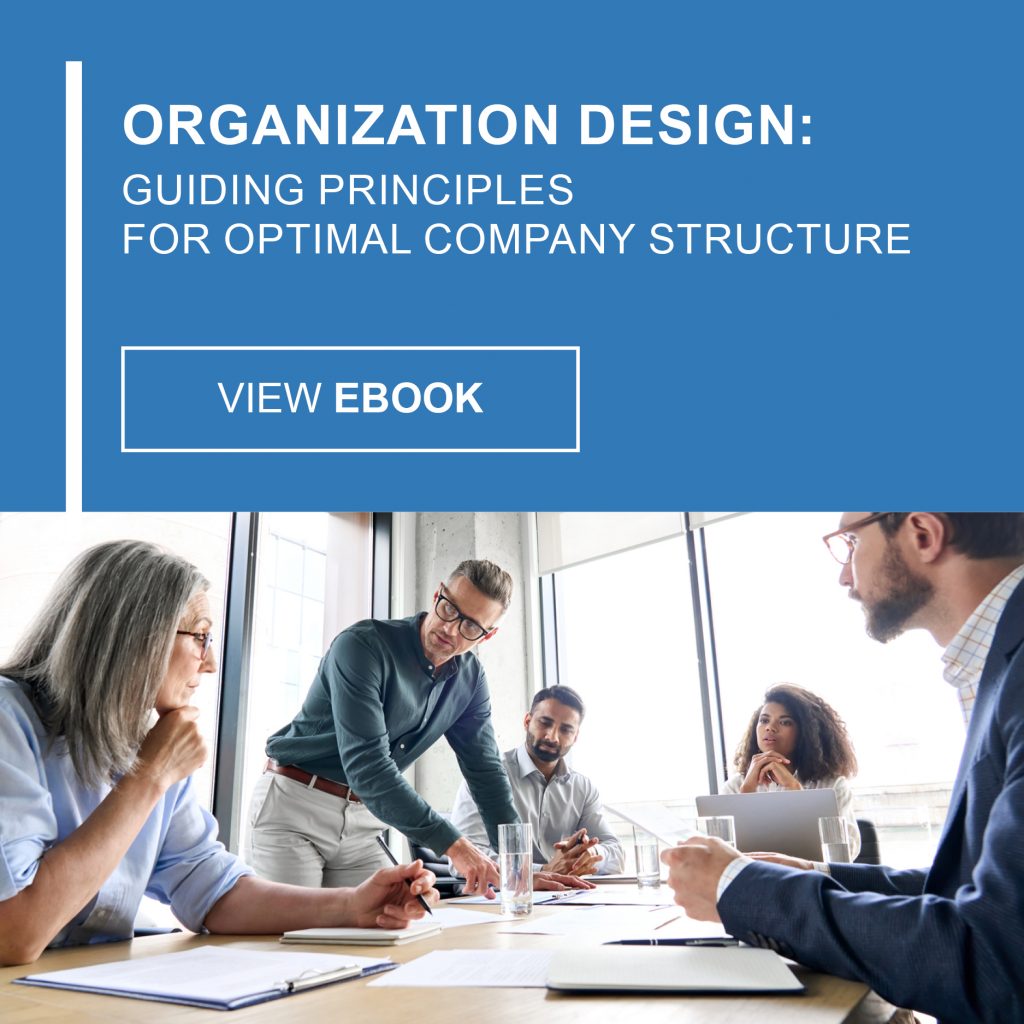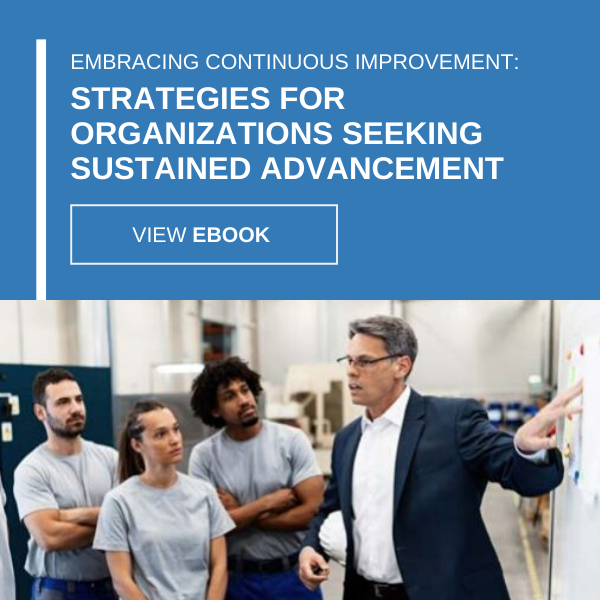-
Subscribe to Blog:
SEARCH THE BLOG
CATEGORIES
- Aerospace
- Asset Maintenance
- Automotive
- Blog
- Building Products
- Case Studies
- Chemical Processing
- Consulting
- Food & Beverage
- Forestry Products
- Hospitals & Healthcare
- Knowledge Transfer
- Lean Manufacturing
- Life Sciences
- Logistics
- Manufacturing
- Material Utilization
- Metals
- Mining
- News
- Office Politics
- Oil & Gas
- Plastics
- Private Equity
- Process Improvement
- Project Management
- Spend Management
- Supply Chain
- Uncategorized
- Utilities
- Whitepapers
BLOG ARCHIVES
- July 2025 (1)
- June 2025 (4)
- May 2025 (1)
- April 2025 (1)
- March 2025 (1)
- February 2025 (4)
- January 2025 (4)
- December 2024 (4)
- November 2024 (2)
- October 2024 (6)
- September 2024 (5)
- August 2024 (5)
- July 2024 (6)
- June 2024 (3)
- May 2024 (3)
- April 2024 (4)
- March 2024 (3)
- February 2024 (4)
- January 2024 (5)
- December 2023 (2)
- November 2023 (1)
- October 2023 (6)
- September 2023 (3)
- August 2023 (4)
- July 2023 (2)
- June 2023 (3)
- May 2023 (7)
- April 2023 (3)
- March 2023 (3)
- February 2023 (5)
- January 2023 (6)
- December 2022 (2)
- November 2022 (5)
- October 2022 (5)
- September 2022 (5)
- August 2022 (6)
- July 2022 (3)
- June 2022 (4)
- May 2022 (5)
- April 2022 (3)
- March 2022 (5)
- February 2022 (4)
- January 2022 (7)
- December 2021 (3)
- November 2021 (5)
- October 2021 (3)
- September 2021 (2)
- August 2021 (6)
- July 2021 (2)
- June 2021 (10)
- May 2021 (4)
- April 2021 (5)
- March 2021 (5)
- February 2021 (3)
- January 2021 (4)
- December 2020 (3)
- November 2020 (3)
- October 2020 (3)
- September 2020 (3)
- August 2020 (4)
- July 2020 (3)
- June 2020 (5)
- May 2020 (3)
- April 2020 (3)
- March 2020 (4)
- February 2020 (4)
- January 2020 (4)
- December 2019 (3)
- November 2019 (2)
- October 2019 (4)
- September 2019 (2)
- August 2019 (4)
- July 2019 (3)
- June 2019 (4)
- May 2019 (2)
- April 2019 (4)
- March 2019 (4)
- February 2019 (5)
- January 2019 (5)
- December 2018 (2)
- November 2018 (2)
- October 2018 (5)
- September 2018 (4)
- August 2018 (3)
- July 2018 (2)
- June 2018 (4)
- May 2018 (3)
- April 2018 (3)
- March 2018 (2)
- February 2018 (2)
- January 2018 (1)
- December 2017 (1)
- November 2017 (2)
- October 2017 (2)
- September 2017 (1)
- August 2017 (2)
- July 2017 (2)
- June 2017 (1)
- April 2017 (3)
- March 2017 (3)
- February 2017 (2)
- January 2017 (2)
- December 2016 (2)
- November 2016 (4)
- October 2016 (4)
- September 2016 (3)
- August 2016 (6)
- July 2016 (4)
- June 2016 (4)
- May 2016 (1)
- April 2016 (3)
- March 2016 (4)
- February 2016 (2)
- January 2016 (4)
- December 2015 (3)
- November 2015 (3)
- October 2015 (1)
- September 2015 (1)
- August 2015 (4)
- July 2015 (6)
- June 2015 (4)
- May 2015 (7)
- April 2015 (6)
- March 2015 (6)
- February 2015 (4)
- January 2015 (3)
CONNECT WITH US
Tag Archives: Career Development
Got Gen Z on the payroll? If you’re like many companies in the manufacturing sector, the answer is likely “no.” That is a talent pipeline your business is missing out on. A couple of recent studies highlight the scope of it.
Here’s a snapshot:
- By 2030, Gen Z will make up 30% of the U.S. workforce. The seasoned pros and top employees you have now will be looking at retirement if not already out on the golf course full time.
- 70% of Gen Z would NOT consider a career in mining.
- 48% of Gen Z now working in manufacturing intend to leave their jobs within the next three to six months.
- 71% of mining executives said the talent shortage is now affecting their delivery, production targets and even strategic objectives.
- 86% said it’s more difficult to recruit and retain talent.
Despite these rather bleak statistics, there’s good news out there, too. It’s possible to turn those numbers around with some savvy strategies for hiring and retention.
Gen Z: The Toolbelt Generation?
The first step in attracting the younger generation to your workforce is knowing what makes them tick. Who are these kids?
Born between 1997 and 2012, Gen Z is digitally native, meaning they have never known life without a cell phone or the internet. They are extremely socially aware and environmentally conscious.
Gen Z grew up during the pandemic. These are the students who couldn’t go to their high school proms because of Covid-19 and discovered the realm of virtual learning.
Gen Z values work-life balance more than money, and are interested in career growth. They have heard about the crushing burden of student debt all of their lives, and the good news for manufacturing, Gen Z is trending toward trade schools rather than getting an expensive four-year education.
In fact, the Wall Street Journal just ran an article titled “How Gen Z is Becoming the Toolbelt Generation.” And it’s getting a lot of buzz.
The article highlights a growing trend of young people opting for trade schools over four-year college degrees. The reasons are as pragmatic as Gen Z itself:
- Student debt. They don’t want it.
- Immediate employment. They’ve seen their older siblings struggling in a tough job market.
- Changing perceptions about “the trades.”
6 tactics to attract Gen Z
So, what are some strategies to attract this younger generation?
Emphasize work-life balance. Gen Z is all about their work-life balance. That means flexible hours, competitive compensation, great benefits, and a healthy amount of vacation time.
Highlight problem solving. Gen Z loves to problem solve and put their minds to work.
Showcase high tech. Manufacturing organizations are leaning into tech jobs, with robotics, and data analytics. Showcasing these aspects of the industry will appeal to young digital natives.
Outline a career path of growth, development, mentorship and training. The last thing Gen Z wants is a job with no future. These young people need to see how they can grow and develop within your company, that there is a path forward and training to help them get there.
Partner with trade schools… Trade schools are your pipeline for new employees, so sponsoring a job fair, speaking to classes, and otherwise developing a presence at your local trade school will put your company top of mind when these young people graduate.
…or pay for them to get the training they need. An alternative or even complimentary strategy is recruiting students right out of high school or online with the promise you’ll pay for their degree. If families are wary of student debt, this can be a powerful motivator.
Attracting and retaining Gen Z can feel like a moving target. But by focusing on what’s important to this generation, you can zero in on an enormous pool of talent that will take your company into the future.
If the Great Resignation has hit your company, leaving you short-staffed and scrambling to fill open positions, you’re not alone. An average of 4 million people per month have resigned from their jobs since April 2021, according to the Department of Labor Statistics, and the trend is showing no signs of slowing down. In November 2021, the number reached an all-time high: 6.3 million. It is unprecedented. Economists are calling it a disaster. It is creating headaches from the corner office to the shop floor and everywhere in between.
Why are people leaving their jobs in record numbers? You can point to the pandemic as the major cause. To put it mildly, it has been a challenging time for everyone, and many people have decided life is too short to stay in a job that isn’t fulfilling.
For businesses, it means a necessary shift in focus. Employee engagement and retention needs to take its place at the top of the priority list for HR, managers and shift supervisors. Employee engagement is job one. Why is it so important? Gallup reports that just 36% of U.S. employees are engaged at work, and 74% are actively looking for new jobs.
It’s not enough anymore to issue a paycheck. The work has to be fulfilling and meaningful and engaging in order to retain your best people. One powerful way to address that growing problem is by increasing employee training, learning and development.
“According to LinkedIn, 94% of employees say they’d stay at a company longer if it invested in their career development.”
Engagement through training
The statistics bear out the connection between training and development and employee engagement in study after study. Udemy: 80% of employees said learning and development opportunities would help them feel more engaged. LinkedIn: 94% of employees say they’d stay at a company longer if it invested in their career development. The list goes on.
It stands to reason. Companies that are invested in their employees get invested and engaged employees in return. It really is as simple as that.
The benefits of giving your employees training, learning and development opportunities radiate throughout the company.
- Happier, engaged employees aren’t looking for greener pastures.
- Well-trained people make your whole operation more efficient and effective.
- Engaged workers really care about the job they’re doing, and aren’t phoning it in.
- When employees feel valued, they give 100%.
- Giving an employee a career path within your company helps ensure they see a long-term future.
- When problems arise, engaged employees are motivated to help solve them.
- Engaged employees are not cogs in a machine. They are invested partners in profitability.
At USC, we’ve seen it work in practice, playing out on the shop floor. Many clients are dealing with issues resulting from the Great Resignation — lost productivity, dwindling throughput and low engagement on the part of employees. The fix for that is by focusing on your employees and keeping them on the job.
We recently helped one client get a dramatic uptick in employee engagement and retention as a result of increased training. But it didn’t start as a training project. It began as a productivity project that led to increased training. Oftentimes, many facets intertwine to create a snarl of challenges in the workplace, and this was no exception.
We’ve highlighted it all in our recent case study, “Construction Materials Supplier Builds Up their Equipment and Employee Engagement Programs“, but in a nutshell: The client was dealing with dwindling efficiency due to challenges on many different fronts, including maintenance and equipment breakdowns, hiring and retention difficulties, and operations and communication breakdowns.
As we dealt with maintenance and other machine issues, we came upon some old manuals that detailed how best to operate and maintain equipment on the shop floor. Nobody was using the dusty, old volumes anymore, but we thought they held important gems of knowledge that, perhaps, had been lost. That’s a common byproduct of veteran workers leaving or retiring — they take that hard-earned institutional knowledge with them when they walk out the door for the final time, leaving younger workers without skilled mentors who really had a firm handle on how the job should get done.
We took those manuals and updated them. The next step was formalizing a training process to add a new level of skill to the workforce.
Certifications were the key
We decided to take the extra step of issuing certifications to all of the employees who successfully underwent the training process. We found this one, small step was a crucial piece of the puzzle. Employees who worked hard and passed the training were given a tangible symbol of their achievement. Like a diploma, a marriage certificate, or a driver’s license, they were just pieces of paper. But the meaning infused into that paper certificate was all about pride, advancement, achievement and mastery.
We saw employees waving their certificates to others on the shop floor, boasting about what they had achieved. For trainers, it doesn’t get any better than that.
And the company saw a change in productivity as well, with highly trained people working the line on the shop floor. All of that training led to the machines functioning better, which in turn lessened the frustrating situation that led to them coming to USC in the first place — low productivity and dwindling throughput. With engaged employees, that problem was solved.







